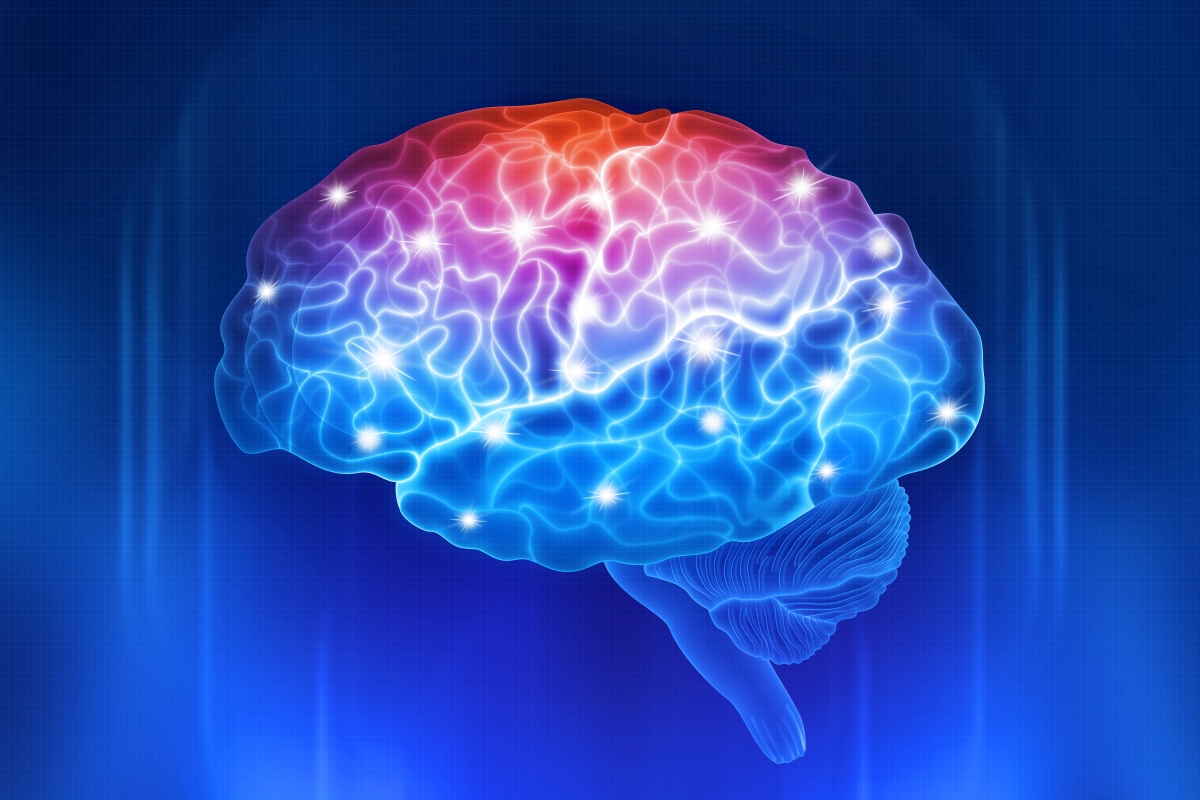Higher fresh fruit intake relates to larger grey matter volumes in areas involved in dementia and depression: A UK Biobank study.
It is commonly acknowledged that eating fruits and vegetables has health advantages. The biochemical processes behind the benefits of fruits and vegetables are still unknown despite prior research suggesting protective factors against various disorders, including depression and dementia. This study by Gaudio et al. (2023) looked at the impact of eating fruits and vegetables on the brain’s structure, especially on regional grey matter (GM) volumes, subcortical volumes, and total white matter (WM) and GM volumes. The authors utilized cross-sectional imaging data from the UK Biobank cohort (n = 9925, mean age = 62.4 ± 7.5 years, 51.1% males). Dietary patterns, lifestyle variables, intake of fruits and vegetables, and clinical data were among the measurements. Structural brain magnetic resonance imaging was used to calculate brain volumes. After correcting a few confounding variables, the authors noted that fresh fruit intake negatively correlated with total grey matter (GM) volume. However, salad and raw vegetable intake positively correlated with total WM volume. Greater consumption of fresh fruit was linked to greater regional GM volumes, namely in the left hippocampal, left postcentral gyrus, right temporal occipital fusiform cortex, right precentral gyrus, and right juxtapositional lobule cortex. The authors conclude that eating fruits and vegetables appears to alter brain volume. Consuming fresh fruit, in particular, may offer protection in some cortical regions, such as the hippocampus, which are strongly implicated in the pathophysiology of depression and dementia. [NPID: Fruit, vegetable, gray matter, white matter, Dementia, Depression]
Year: 2023
 Navigation
Navigation






